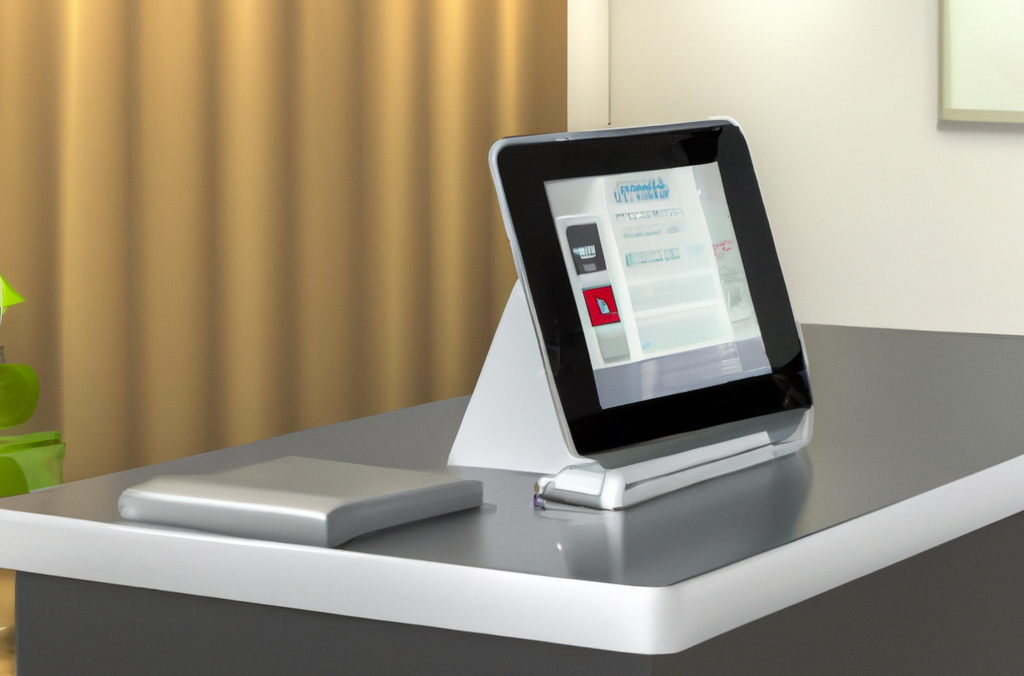How to Be Thoughtful (In an Instantaneous World) | Digital Logbook

The digital office has brought a lot of new opportunities to the world, creating many of the very jobs we hold and create today. Modernization comes with challenges though as we, individually, as a workforce and as a society, need to learn how to make the most of new tools before they take over our lives. In the era of work/life integration, we have access to information 24 hours each day, seven days a week.
Whether work, news, or personal social updates, the demand for new information, updates and reactions is higher than ever before. Social media has helped contribute to the accelerating and instantaneous news cycle. Amazon is shortening the global retail process, changing industry standards and customer expectations.
How does this affect you and your office? It is easy to feel obligated to be turned on and tuned into your boss and your clients’ needs at all times. As you know though, this can be very taxing on our minds and bodies. To avoid burn-out, overlooking the details, and building a disdain for your career, try bringing mindfulness into your task management techniques. Mindfulness has been scientifically proven to help our brains build strong neural connections, reduce stress and improve overall brain performance.
To Multitask or Be Mindful?
There are many studies that show how multitasking creates stress on the brain, reducing the effectiveness of our work in the short term and our brains in the long term. As a “Jack (or Jill) of all trades,” we often have dozens of small, unrelated tasks that test our memory, mental agility and resilience. It’s easy to get overwhelmed.
Beginning and ending tasks in a mindful manner keeps our brains from trying to multitask, creating more gray matter in the brain, particularly in the areas we use to learn and process memories.
What Does Mindful Task Management Look Like?
- Making clear decisions about the beginning and end of each task
- Do not begin a new task until you have finished the previous one
- Do not end a task until you have achieved the desired milestones
- When you have ended a task, take a deep breath in, hold the air in, exhale slowly and then hold the air out of your body for a moment
- Do this three times, noticing each part of your breath, and the space between each part
- Move on to the next task with a mindful approach
Make Time for Mini Meditations
This mindful breathing meditation has been used for thousands of years by yogis. It floods the brain with oxygen, creates strong neural pathways, promotes detoxification, and calms anxiety.
You’re probably thinking, “Who has time for that?” But if you try it for a day, you may be surprised at how little time it takes in comparison to how much faster you can accomplish your tasks. Most importantly, how effectively you can use your time. You may even be in a better mood when you finish your workday.
Conclusion – You Can Beat Multitasking
Next time you see a job description that mentions multitasking, consider moving on. Likely that culture is focused on speed over all else – including their people. Instead, put yourself in positions where you can be mindful. Rather than being left behind in today’s fast-paced modern office, you will find yourself getting ahead. Your work, your personal life, and your body will all achieve maximum perfection.




